|

The surroundings of La Sènia:
MEASURES OF THE TEIX DE LA COSCOLLOSA
Has a height of 14.5 m,
and contour of the trunk made 4.6 m.
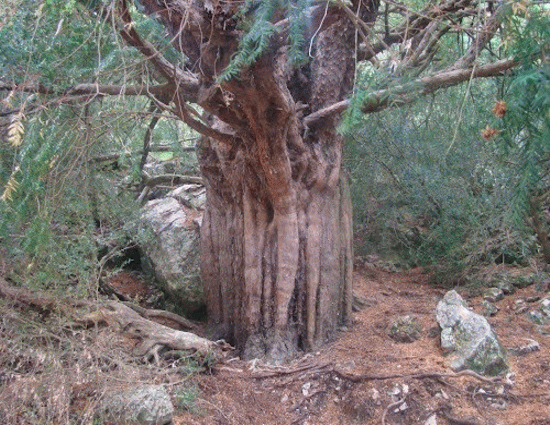 
The teix declared Monumental Tree in 2005 is situated in the ravine of the Coscollosa (La Sénia) and is owned by the Generalitat of Catalonia. Has a height of 14.5 m, and the contour of the strain does 4.6m.
PARE MEASURES FAIX
Perimeter of the trunk at 1.30 m: 4.26 m.
Perimeter of the base of the trunk: 7,73 m.
Height: 23.17 m.
Cup width: 24.63 m.
Altitude above sea level: 1,088 m.
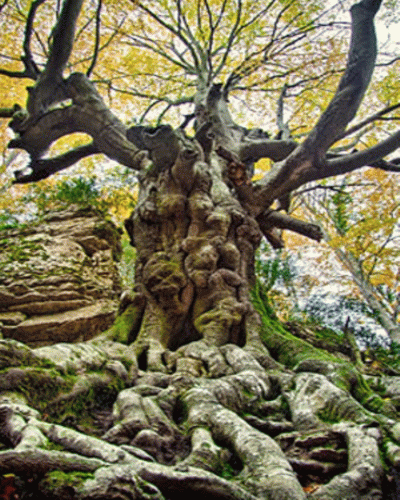 
The Faix Pare has a majestic uncovered root full of capricious forms that makes it one of the most beautiful trees of the Natural Park of the Ports. Declared a monumental tree by the order of the DARP of December 3, 1992, it is located within the partial nature reserve of the Hayedos de las Puertos in La Sénia. It is one of the many wonderful and unknown corners that the Natural Park offers us. It is estimated to be about 250 years old.
GEOGRAPHIC SITUATION:
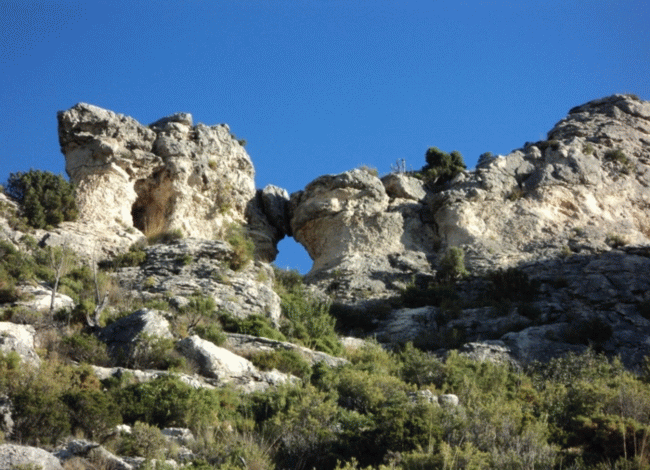 
The Ports form a mountainous system located to the most part
Of the Catalan coastal
And are a link with the Iberian system. The formation of the mazizo has a characteristic orientation in direction NE to SW.
To the part of the Sénia, to the heart of the massif and the Aragon (Matarranya), the Valencian Country (Tinença of Benifasar,
Under Maestrazgo) and catalunya (Montsia).
In June 2001 the government of the Generalitat de Catalunya declared the area as a natural park of the Ports
And within them the partial natural reserve of the fagedes of the Ports. In total occupies an extension of 35,050
Spread over the regions of Montsia, Baix Ebre and Terra Alta, being the third largest natural park in Catalonia.
The Sénia is the population with greater extension within the natural park, with about 6,425 ha. There are others too
With most of the fagedes with an area of 584 ha including the Partial nature reserve.
The ports offer a great variety of environments where they emphasize the geological and pasagistico value of its mountains, that
They shelter a great biological diversity, being the habitat of many interesting spices, as much in fauna as in flora.
THE VEGETATION:
 
The mountainous framework of the Ports makes Fagedes great variation between the vegetation according to its situation and orientation. HE
Can easily be preserved if they compare the valleys of shade, much more humid and with more abundance of vegetation,
With the variations of the Sun where the vegetation is not so abundant because of the strong insolation that they receive.
In the lower parts, (up to 400m), the "maquies" abound a strong presence of "cascolls, llentiscles and argelages",
Accompanied by the "sapi" (or pi blanc) and the "margallo". Between 400 and 600m there are oaks and pines of pi blanc and,
Above between 600 and 800 are the black pi (or pinassa), usually accompanied by the box. In the areas
More elevated and humid the pine forests of "pi rojal" abound.
The ports are very rich in plant biodiversity, and you can find many botanical rarities, whether
More typical of the forests of northern Europe. Some examples are rock salze, belladonna, water violet,
The beech, etc.
THE HAYALES OF THE PORTS:
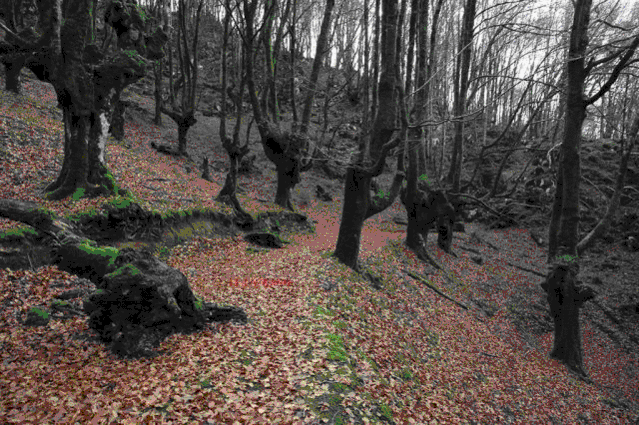 
The existence of the beech in the massifs of the ports is a surprise, since they are forests own of latitudes
More cold and humid climates, and for this reason they are some of the most southern of Europe.
This makes that the Hayais of the Ports are very special and have very specific characteristics that the
Differ from the rest of European beech forests.
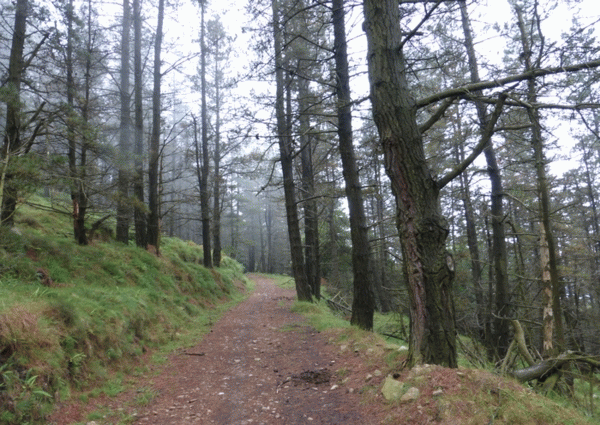 
They are always oriented north because it is the wettest part,
And look for the bottoms of the ravines. For this we find the wrapped in cliffs and on steep slopes, when
Typical beech trees are usually found in flat areas.
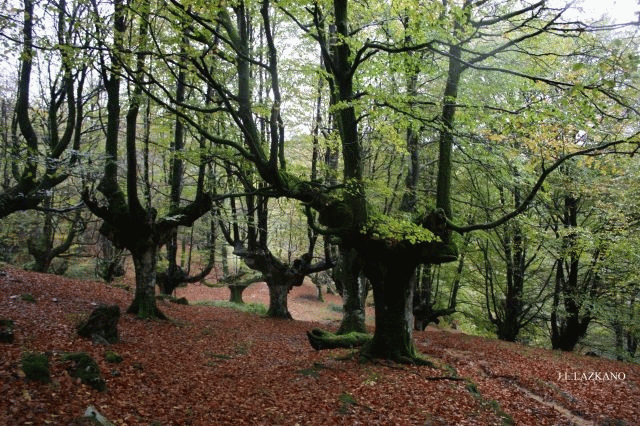 
In some of the points where we can find are the ravines of the Retaule,
The ravine of the Cirers and the
Ravine of the Carrasca, all located in the area of the Vallcarneres and within the municipal term of the Sénia.
THE FAUNA:
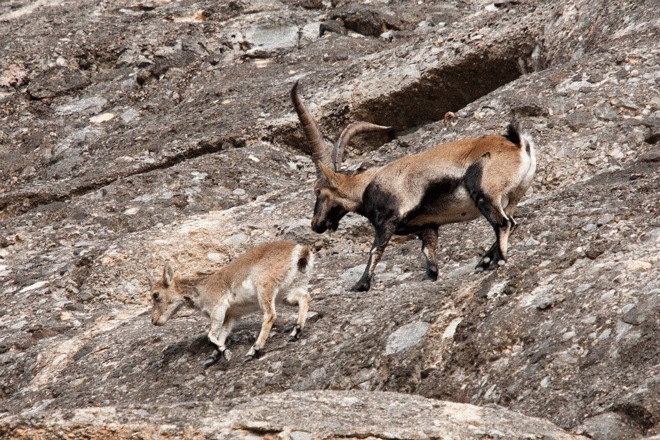 
Wild Goat is one of the most representative species of the massifs.
In the Ports there is the most important colony
Of all the Catalan countries.
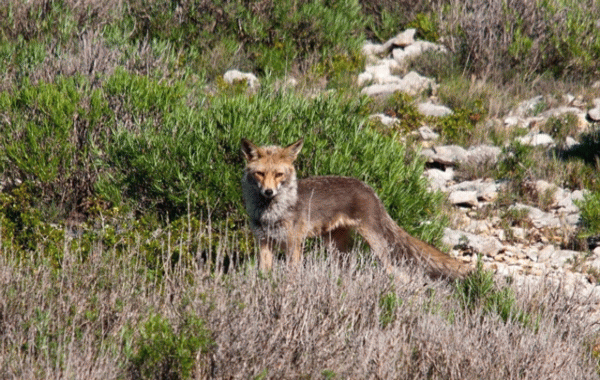 
They are easy to observe by the rocky areas and with little vegetation. Other mammals present
They are the Jabali and some carnivores such as fox, wild cat, genet, badger, etc.
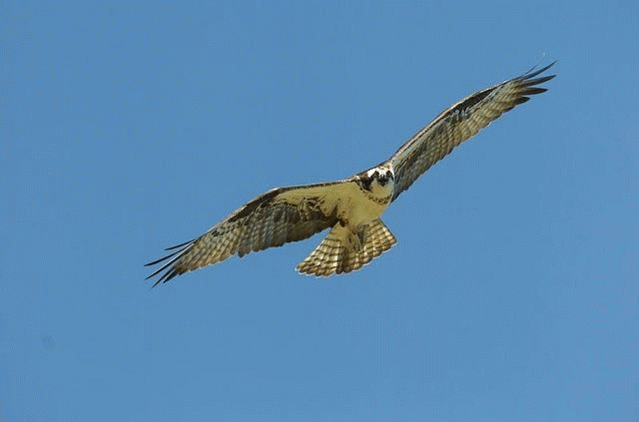 
A great number of birds of prey abound, such as the vulture, the golden eagle, the eagle, the alcon, and the hawk.
They find nucturnas as duc and the expensive.
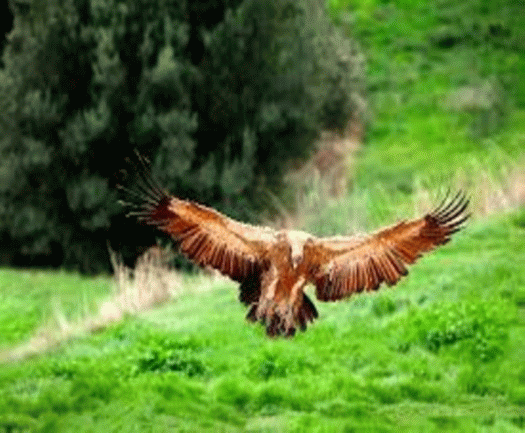 
Apart from those of prey we can observe other species of birds such as gralla
Red peak, the rompepiñas, the blue picosocas and the green peak.
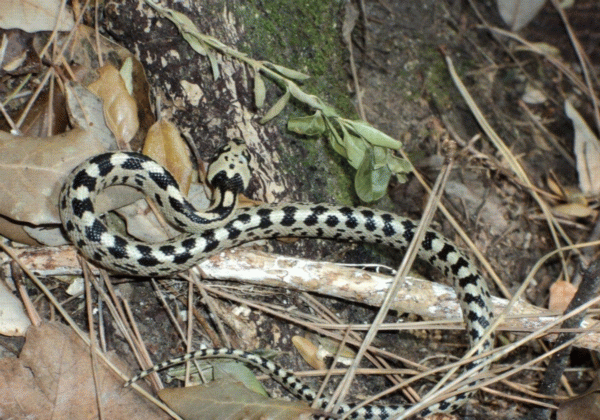 
The presence of amphibians and reptiles with a great diversity of exceptional species is also considerable. the most
Representative are the dragon, by its measure and its colorful colors, and the scorpion, poisonous snake gray.

Clicking on the bird goes to the home page
|
 Català:
Català:
 Castellà:
Castellà:













